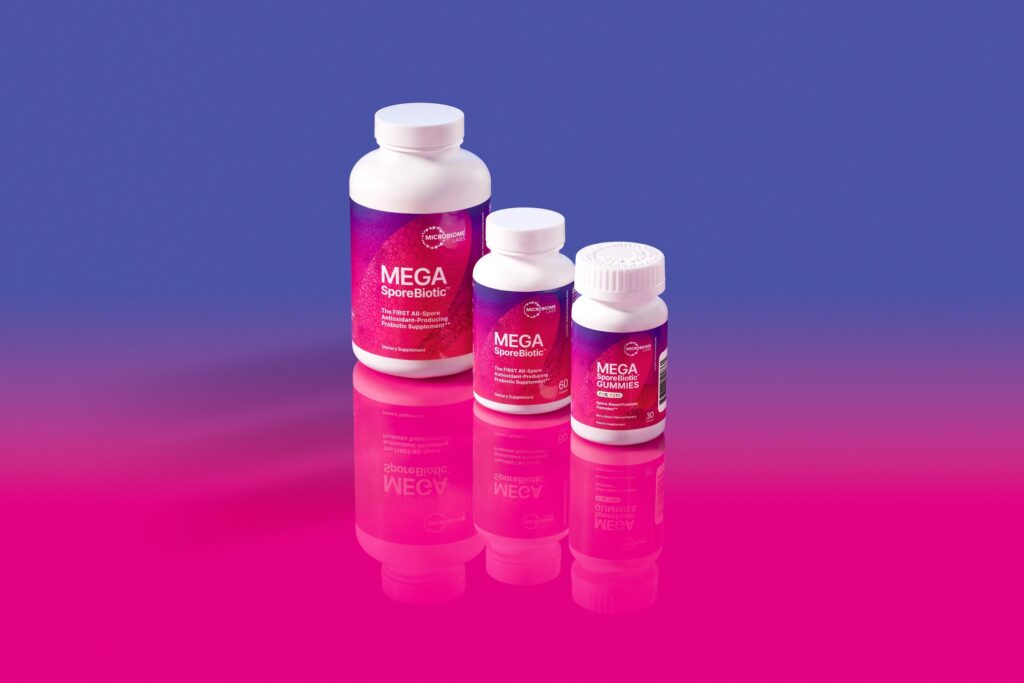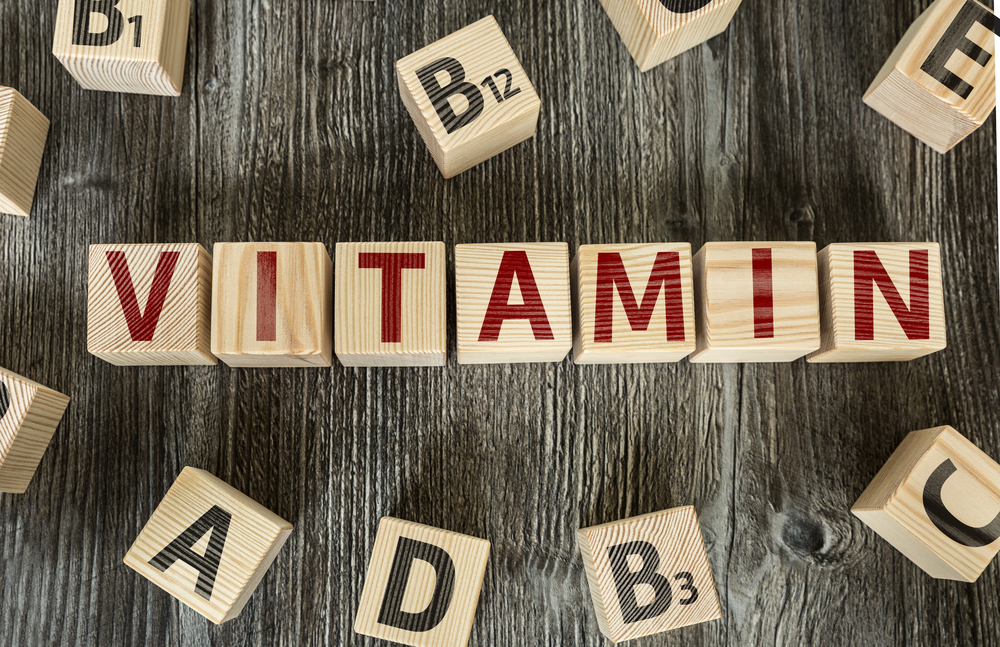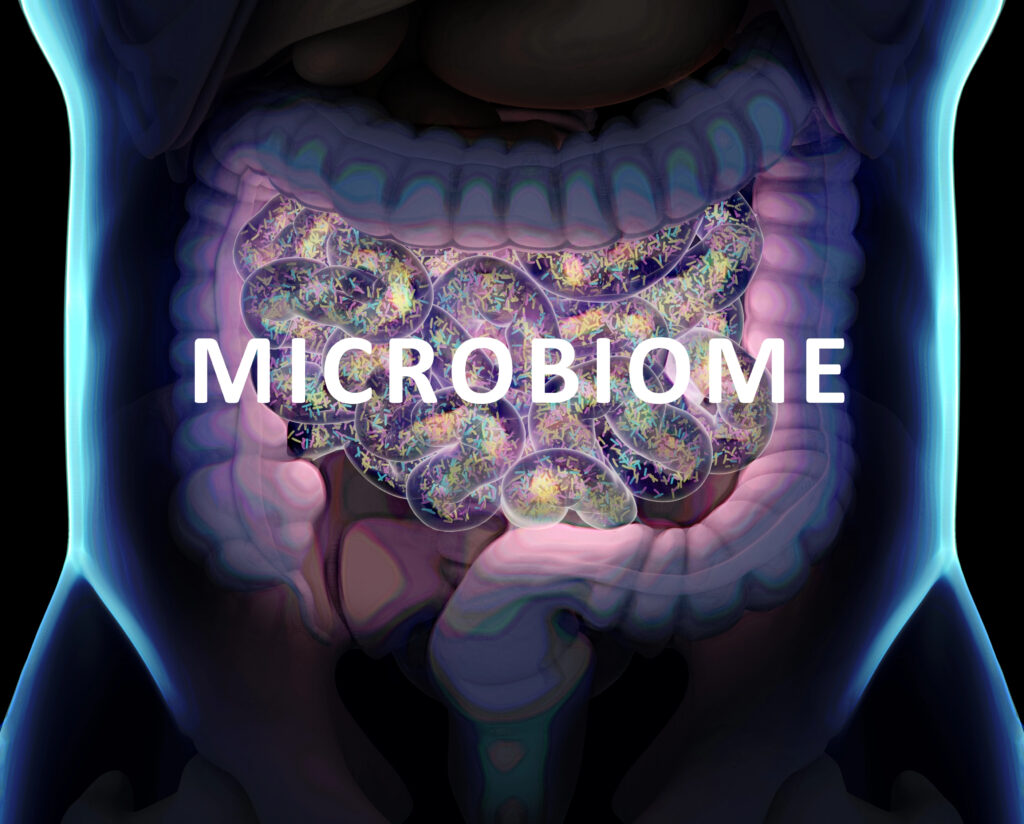Do you feel sluggish? Or maybe you have a bunch of “little” things wrong with you: allergies, itchy skin or eyes, constipation, stomach upset, joint pain, low energy. You probably need to detox! There are 85,000 chemicals in use worldwide that end up in our water, our air, consumer products, personal care products, and food. Less than half of these chemicals have been tested for human safety. The National Cancer Institute has said that 70% of all cancers are due to environment! Not from your genes, but from the daily stress of pollutants on our bodies. Depending on what organization you follow, there are estimates that 40-80% of cancers can be prevented. This is a great incentive to take care of yourself and a really great reason to detox 2-3 times per year.
There are two types of toxins: endogenous and exogenous. Endogenous toxins are produced by normal metabolic functions and can generally be handled by the body’s detoxification system. Exogenous toxins include those that are ingested, inhaled, or taken in through the skin. They include prescription drugs, pesticides, household cleaners, personal care products, paints, building materials, chemicals in food, and more. Exogenous toxins are omnipresent in today’s world and the main reason we need detoxification.
The main benefit of detoxification is to clean out the liver and get it functioning better. It improves the overall body function and hence is a great way to jump start a weight loss program. Each time I do a detox it is accompanied by weight loss. Other noticeable benefits are improved skin appearance and tone, more energy, reduced hot flashes and perspiration, better elimination and a feeling of being “cleaner, lighter”.
The liver is the body’s main detoxifying organ. Toxins are transferred to the liver by the blood and digestive tract. Detoxification happens in two phases:
- In Phase I detoxification 100 enzymes known as cytochrome P450 convert toxins to an intermediate form. Free radicals are produced by this process, so antioxidants are very important to neutralize toxins in this Phase. Adequate B2, B3, magnesium, iron, and indoles from cruciferous vegetables are also crucial to this phase.
- In Phase II the intermediate forms of the toxins are converted to water-soluble forms by a number of methods. The new form is then excreted in either the bile and through the digestive system, or through the kidneys. Since the intermediate form is sometimes more dangerous than the original toxin, you must make sure that Phase II is successfully completed. Glutathione or NAC and the amino acids glycine, cysteine, glutamine, methionine, and taurine are necessary for Phase II. Fiber binds toxins carried in the bile, so is CRUCIAL to making sure that toxins leave the system. Lots of water will also assist the release of converted forms through the kidneys.
Worried about how you will feel while on a detox? A detox is not for everyone. If you have recently had surgery or are in poor health, you may want to consult with your doctor before beginning a detox program. Most people, however, can successfully do a detox program without any disruption to their normal schedule. Symptoms that you may experience are headache, mild nausea, fatigue, or slightly loose stool. Symptoms occur in proportion to how toxic you are, but usually go away after a couple of days. It is possible to be sensitive to something in the detox formula and you should always discontinue it if your symptoms are severe and call the company that makes it. You may notice that old emotional issues, things you thought you were “done with” start to come out while you are on the detox. We literally hold these things in our body, so a detox can result in a purging of these emotions.
Many people assume they are healthy until they are not, i.e., until they actually have a disease. A proactive approach is best. Performing periodic detoxification can prevent illness of all types by maintaining the body’s functioning. Most cleanses last from 2 days to 1 month, depending on the product. Here are the four types of detox programs you may hear about:
- Fasting-The benefit of fasting is to rest the digestive system. We don’t really recommend this method, but if you must, do it only very short term, 1-2 days. You will not have the nutrients necessary to properly perform detoxification and toxins in the digestive tract will not be carried out if you are not eating any fiber.
- Juice-Cleansing with juice is very popular right now. Fresh-pressed juices provide excellent nutrition. What they do not provide is the fiber necessary to make sure toxins exit the digestive system. Because they are low in protein you may not get the amino acids necessary to adequately perform Phase II. Also, those with weight or blood sugar issues should avoid cleansing in this way since the sugars are concentrated in juices, and the fibers are lessened. If you are a healthy person and have a healthy weight, a 2-3 day juice cleanse may be appropriate.
- Herbal-These combine a variety herbs, but all have milk thistle and dandelion, two premier herbs for the liver. They can work on the many channels of elimination including the kidneys, the bowel, the lungs, the blood, the skin and the lymph. If you are on prescription drugs, you need to be aware of any interactions with herbs. For this reason, we don’t recommend herbal cleanses for those on more than one prescription drug. The chance for negative interactions is too great.
- Homeopathic-These combine a variety of homeopathic remedies and are available in formulas that target specific toxins like yeast, heavy metals, or radiation. Homeopathic remedies do not interact with prescription drugs due to the way they are prepared, so are an option for those who take prescription medication.
- Vitamin/amino acid-These cleanses are specifically designed to provide all of the nutrients needed for Phase I & II detoxification, as well as metal detox. They are partnered with a very particular diet that eliminates likely food triggers to inflammation. This is the most comprehensive way to detox and what we normally recommend if your schedule allows.
While it may seem daunting, detoxifying has so many benefits that it should really be done by everyone on a regular basis! Once you get in the habit, you’ll be glad you started. There are ways to promote detoxification in the body that don’t require a whole program if your schedule doesn’t allow for that right now. You can add an herbal liver formula, take NAC or reduced glutathione, use a detox tea, and improve your diet. Talk to our staff about the right way for you to add detoxing to your health regimen and check our website for upcoming detox programs!



